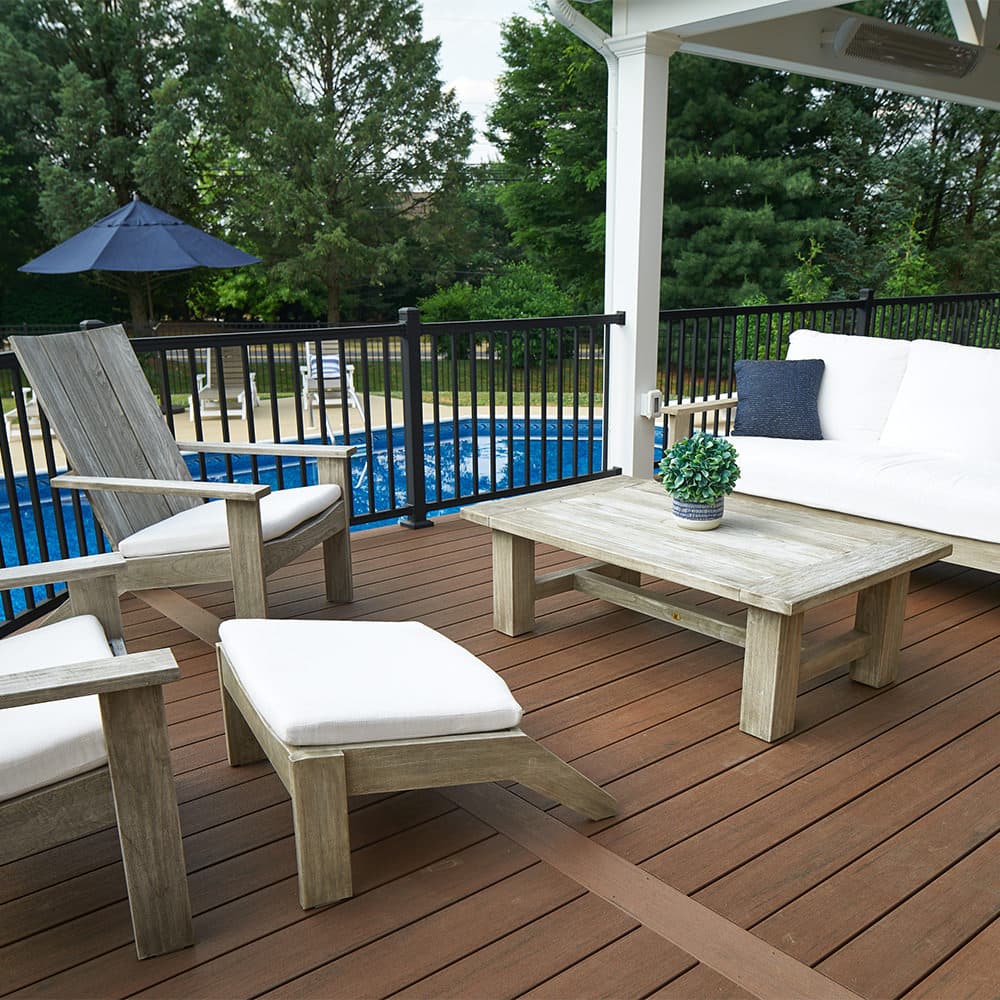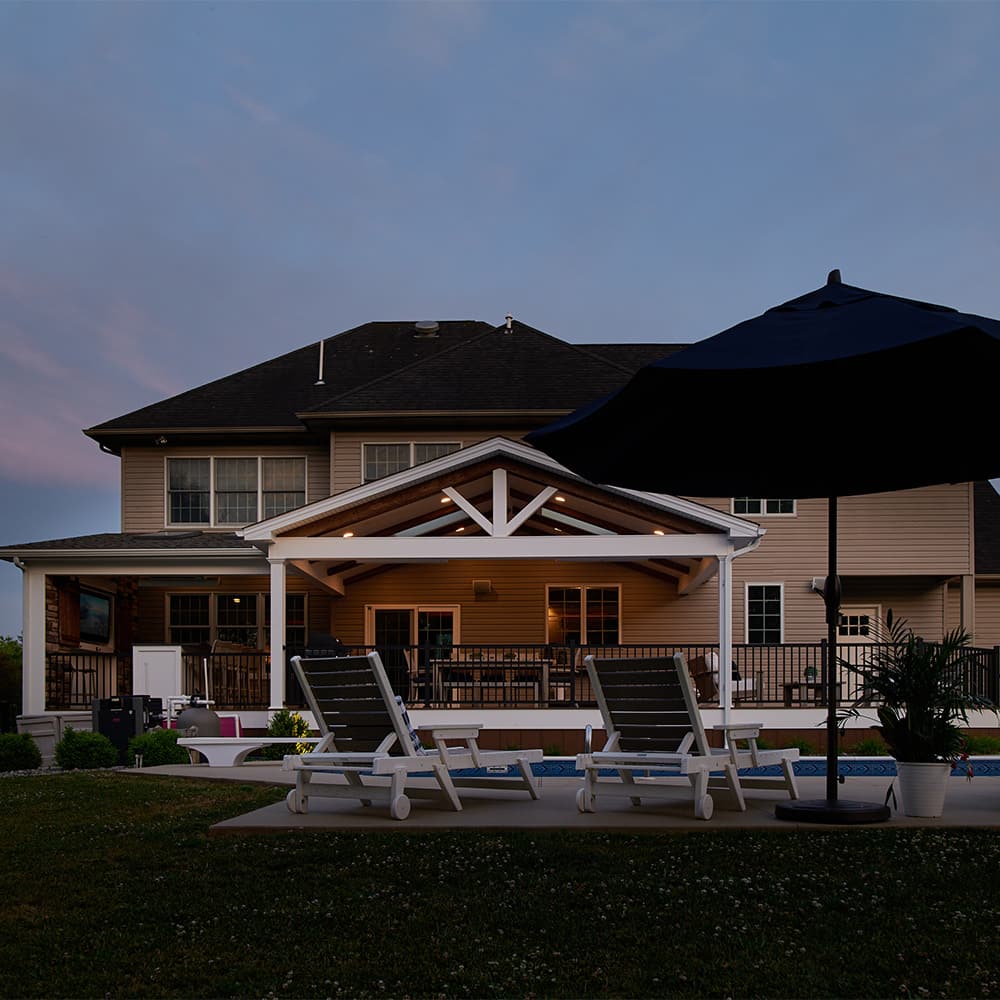Landscape Spotlight: Ginkgo Biloba
Posted October 22, 2015 in Blog, Plant and Tree
What is the name of that tree that helps with memory? Hmm, I used to know it. Oh yea, Ginkgo Biloba! Ginkgo Biloba was commonly named the maidenhair tree because it closely resembles the look of a maidenhair fern, but most people think it’s more fun to say Ginkgo Biloba than maidenhair. Chances are, you can identify this tree every time you see it, because its beautiful green and fan-like leaves are unmistakable! The ginkgo tree is actually pretty interesting and has many uses in our modern world. However, the ginkgo tree is anything but modern.

The growth of this tree starts out extremely slow for several years, but when the growth rate eventually picks up, it grows at a moderate rate of up to 24″ a year and can reach 
You will absolutely know when the female ginkgo tree is producing seeds, because the tree will have thousands of seedling balls on it. When the seeds shed and drop to the ground, they stink! People say that the fleshy seeds are sticky, slimy, messy and are so awful and undoubtedly compare the smell to vomit. The male ginkgo trees also produce seeds, but they are not fruitful and do not smell. Fortunately, knowledgeable and reputable nurseries will only sell male ginkgoes because of the issues relating to the female trees.
There are several uses for the ginkgo tree. In China and Japan, the wood of the ginkgo tree is used to make items such as chopping blocks and chess sets. Here in the United States, we are more focused on the medicinal value. Extracted oil from the leaves is used in producing medicines and supplements to aid in memory, blood thinning, help with circulatory issues…etc.

If you are looking for a tolerant, beautiful, tall and shady tree for your lawn, a male ginkgo tree would be worth your consideration. The ornamental aesthetic value alone is enough to go to your local nursery or landscape designer and ask for it by name. If you feel that you would like some help in re-imagining your backyard into a complete outdoor living space to relax or entertain, reach out to MasterPLAN Landscape Design. We believe that by providing an open and honest communication with our clients, we can create a gathering place that you can value and a trustworthy experience you can embrace.
Join Our Newsletter
Stay up to date with what is happening with MasterPLAN Outdoor Living.

This Bethlehem outdoor living space is complete with a custom gunite pool and adjacent overflow spa which receives full sun in the summer...the kids can't wait to make a splash!!
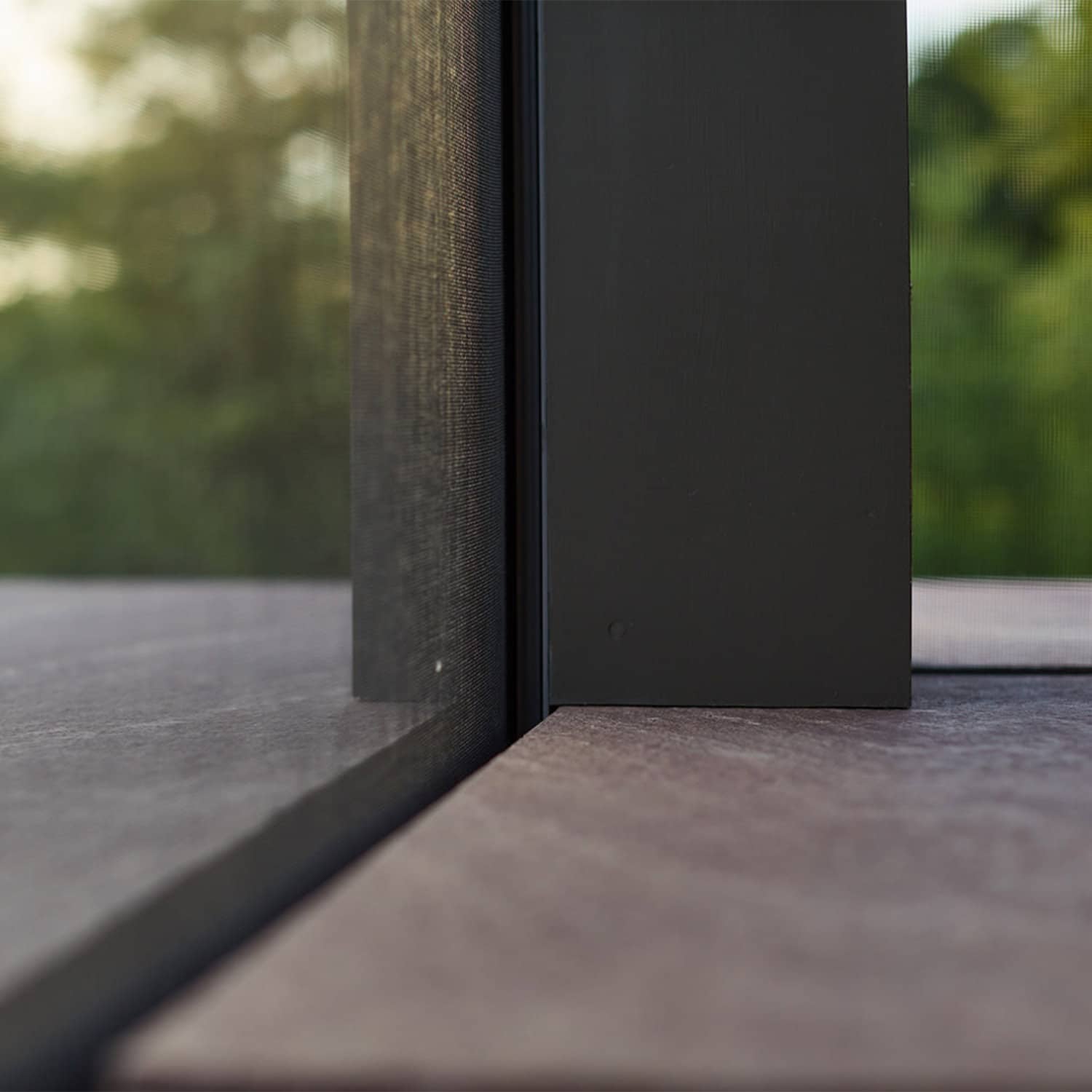
Automatic Phantom Screen Systems are a clean and efficient way to keep the bugs out of your outdoor party or hangout!
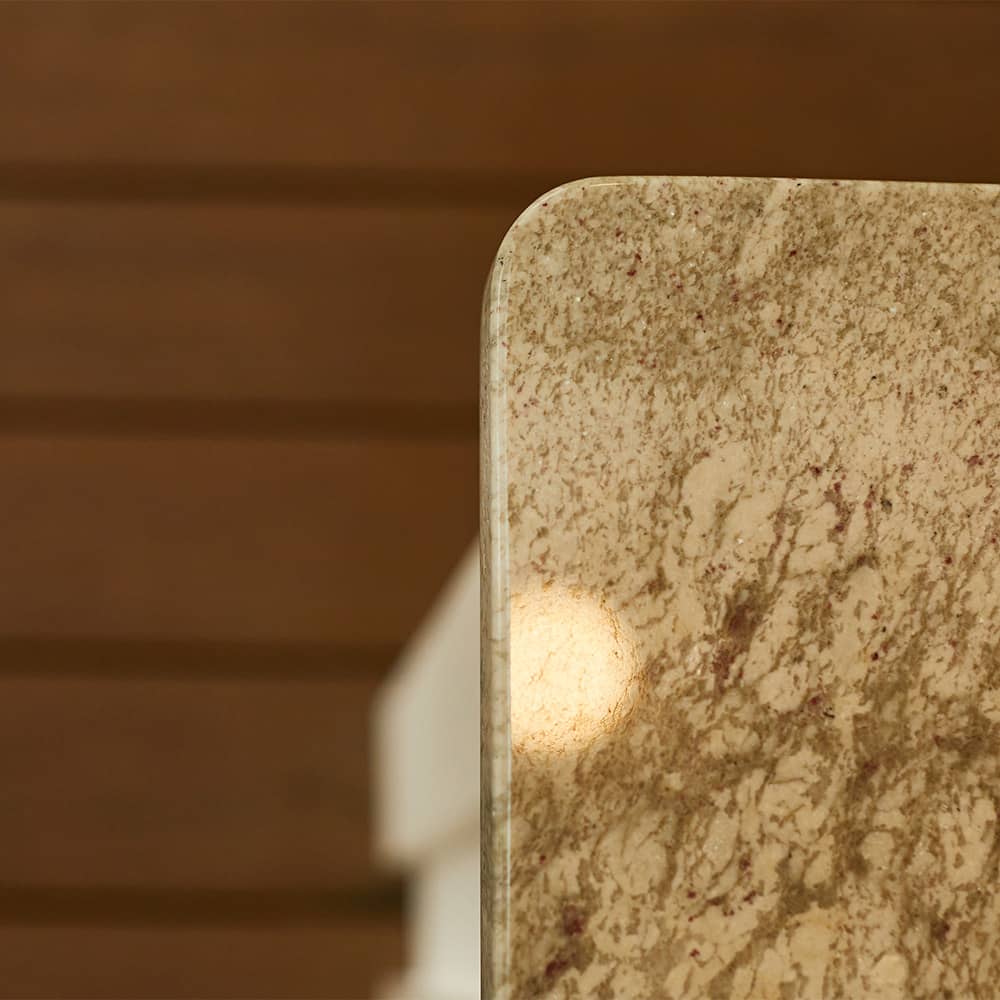
It is our pleasure to pay attention to every little detail of your project. For example, we design our granite countertops with eased edges and rounded corners for an added safety measure!
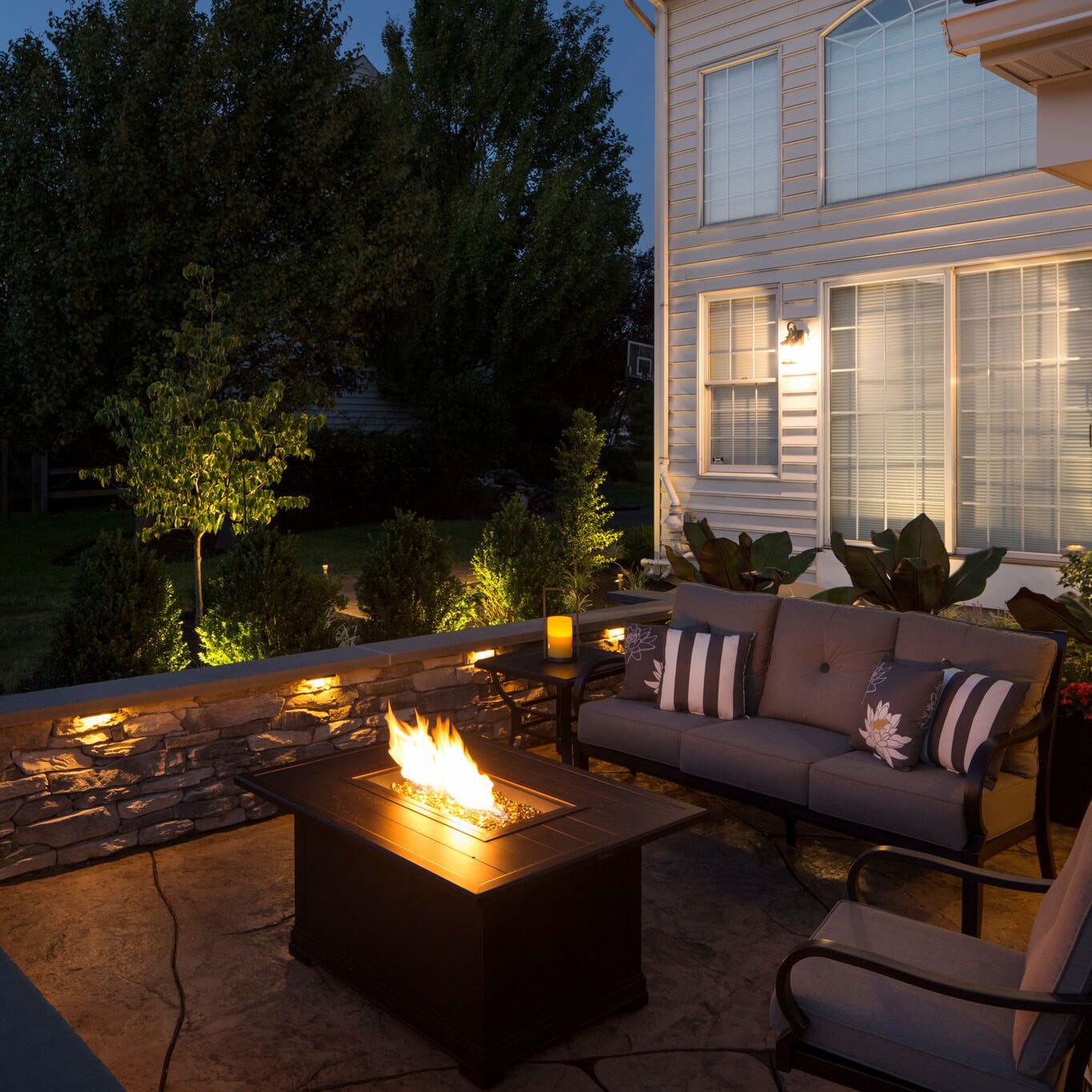
This Bethlehem family thoroughly enjoys their designated cozy patio lounge space. Learn more behind the inspiration for this space…
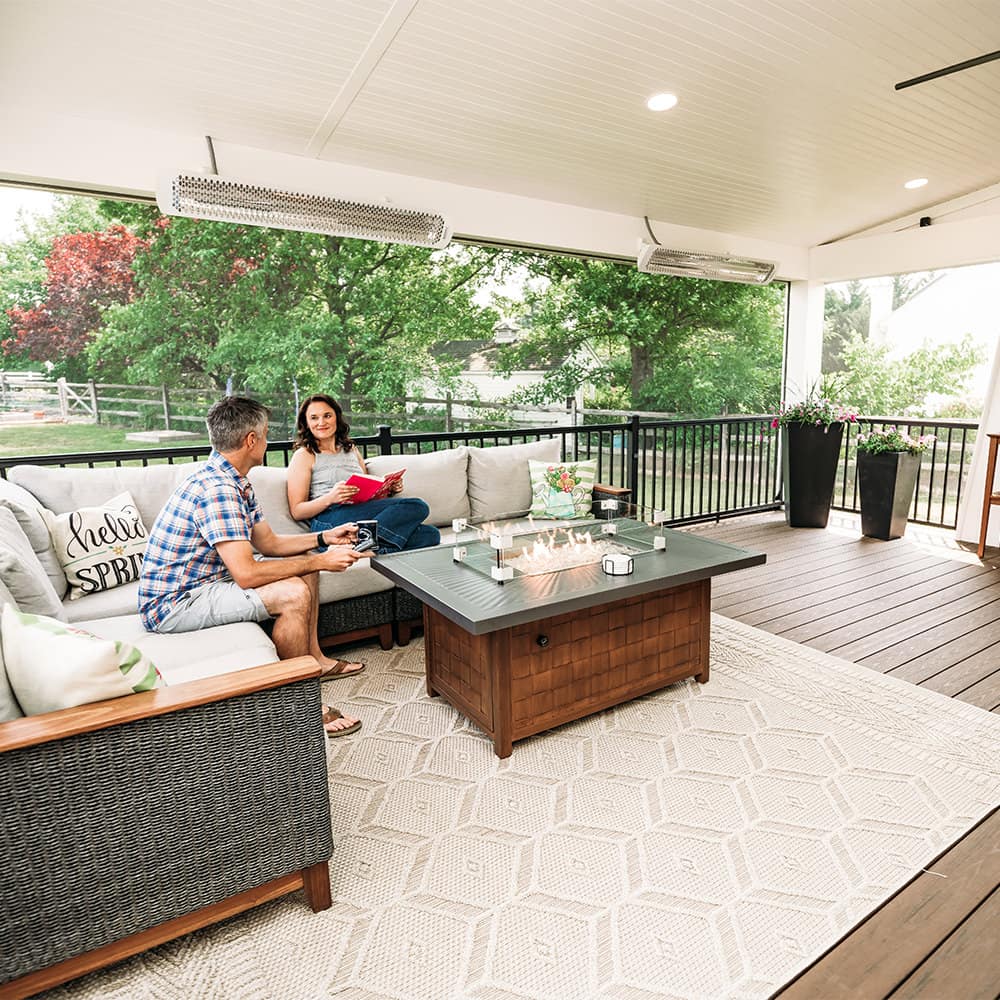
Spend more time enjoying your outdoor living space than maintaining it in Schwenksville, PA. Every MasterPLAN project accounts for low-maintenance materials and high-level detail!
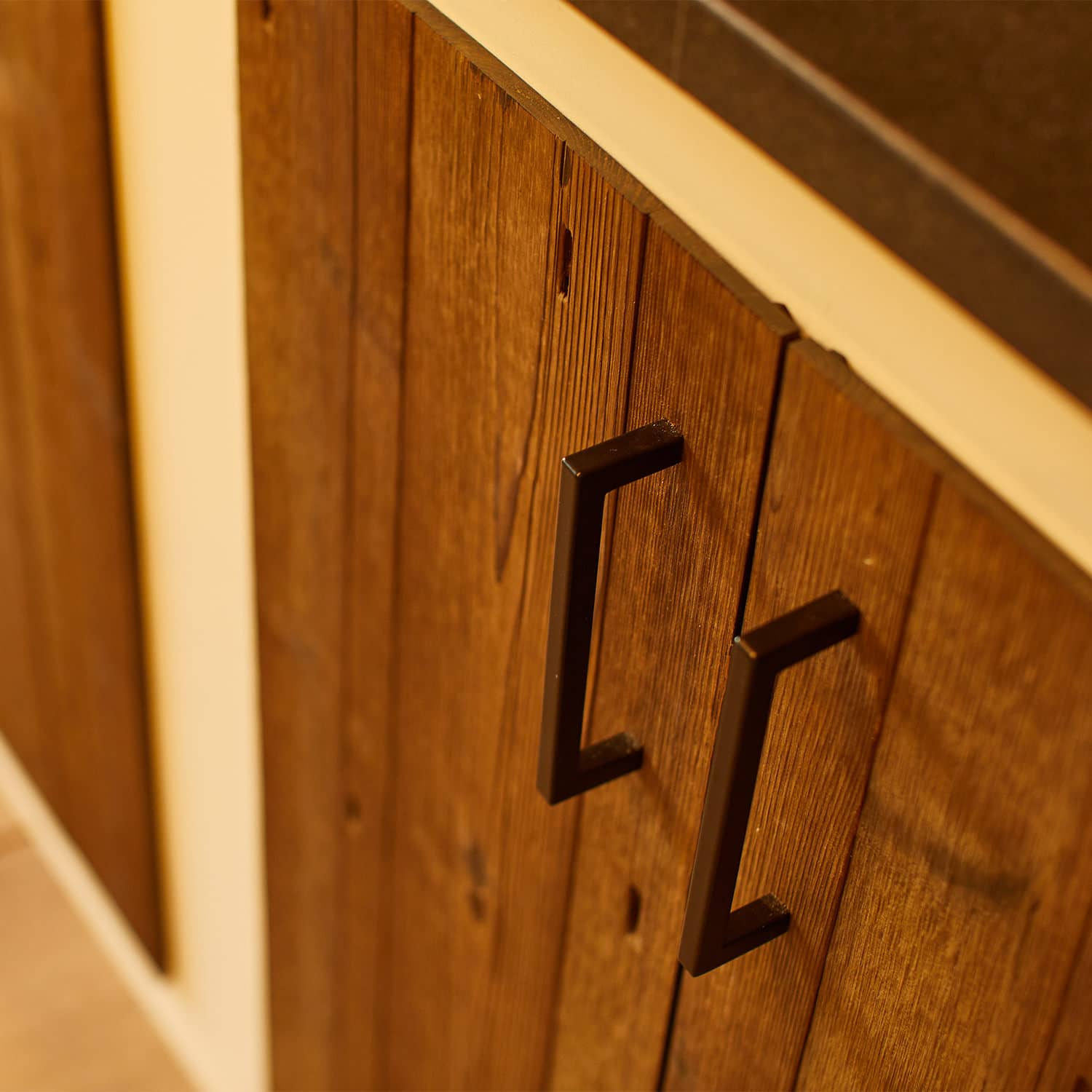
Carefully crafted outdoor living spaces take all elements of a design into consideration, down to the details of every cabinet handle!

This Center Valley project combines all of nature’s finest elements into one beautiful landscape design.
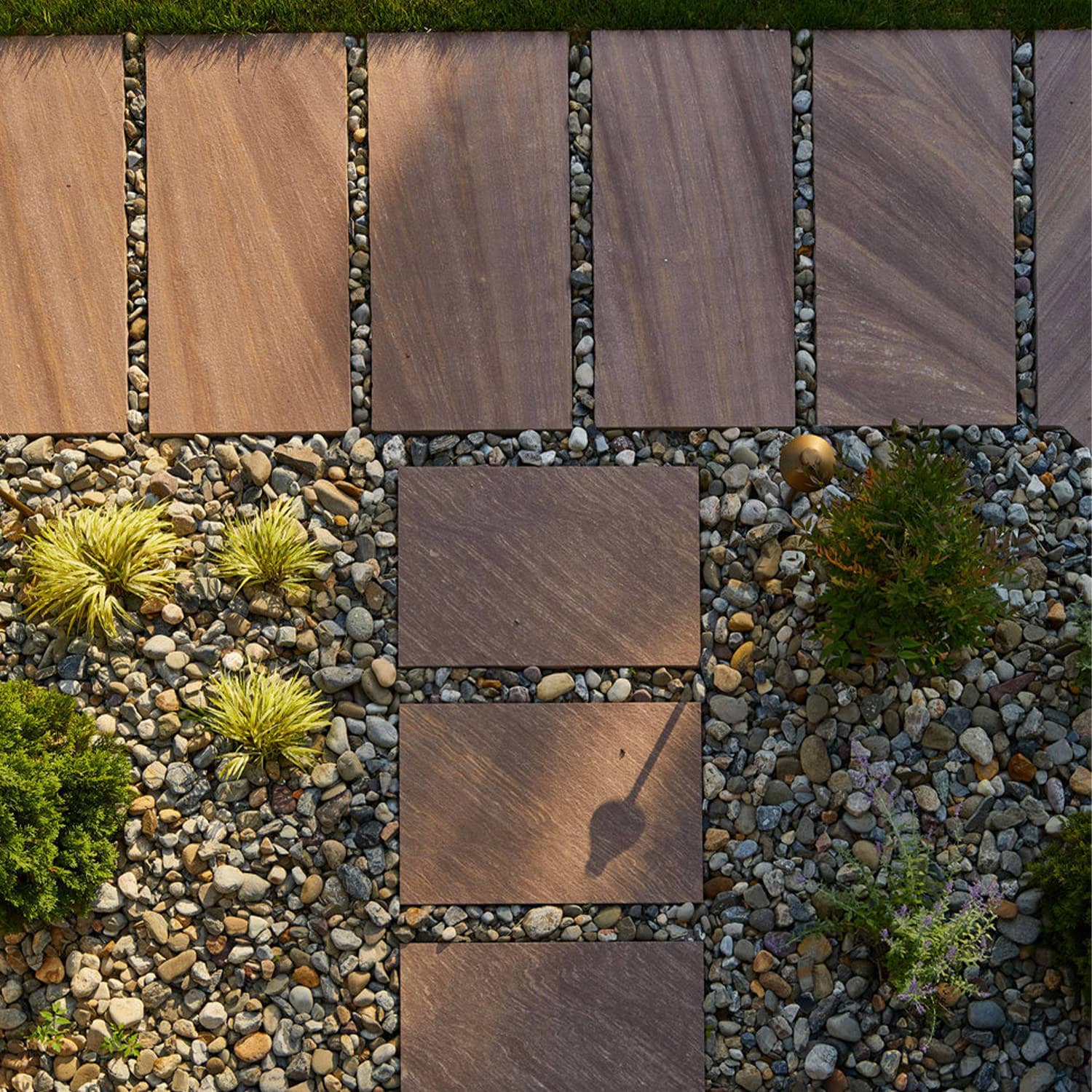
Beautiful and precise - this brownstone walkway perfectly balances the mixed stone and the lush lawn that surround this amazing project in Royersford, PA!





